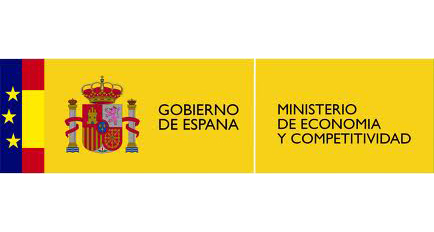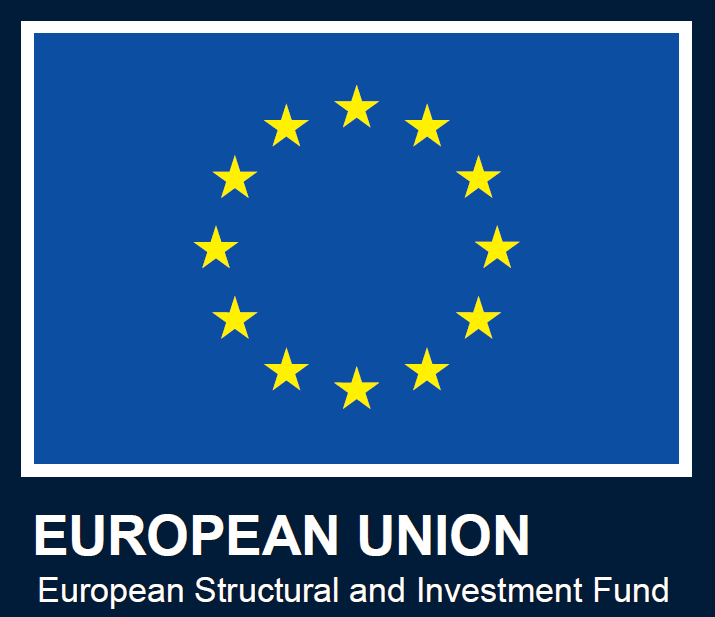Funding: Spanish Ministry of Innovation and competitiveness (National R&D Programme for Societal Challenges) (MAT2015-69491-C3-2-R)
Region: Spain
Project period: 2016 – 2018
Principal Investigators: Drs. Roberto Guzmán de Villoria (roberto.guzman@imdea.org) and Claudio Lopes (claudio.lopes@imdea.org)
For years, it has been sought to provide a high microstructural homogeneity to carbon or glass fibre composites for structural applications. Therefore, reducing the dispersion of geometrical aspects (spatial distribution of fibers, fiber diameter) and properties (fiber strength, fiber strength Intercar-matrix, etc.) was considered a figure of merit. Recently, however, it is becoming clear that fracture properties can be improved by intelligently generating a heterogeneous microstructure. This can avoid “cascade” effects linked to the fact that the breaking of one fiber causes the break of adjacent ones, of very similar strength. These “cascade” or “avalanche” effects are largely responsible for the fragile behaviour of composites. Dimensioning transport structures with civil responsibility (eg aircraft) accounting for the materials fragility is the main reason to not take full advantage of the excellent elastic properties of carbon fiber composites. Increasing the energy dissipation in fracture events, expand the strain range at which it occurs and, therefore, reduce their brittleness, would directly result in a weight reduction of the component. It is in this context that a stream of research in the international community focused on providing composite materials with pseudo-ductility, through the intelligent use of different concepts of mixture of constituents, which is called hybridization, emerges. Hybridization at the laminate scale (combining plies of different materials) or fabric scale (combining different tows) has existed since the early times of the use of laminated composite materials. However, this is not a mechanically efficient strategy because the zones with the same type of fibers are too large to avoid the cascade effects described above. It is necessary to devise local hybridizations, either by mixing fibers within the same tow (tow hybridization) or by combining plies of very small thickness (thin plies) to demonstrate the desired improvements.
This project concerns the development of technologies for local hybridization in cases where it is necessary (e.g. hybridization during tow spreading). New techniques will be used as the tow spreading, hybrid unidirectional tapes or laminates combining layers of different thickness (thin and traditional thickness) and / or different nature (carbon-glass, carbon-metal). Also a task will be devoted to the use of scraps of automated carbon fiber manufacturing processes to obtain hybrid laminates. The project will include the development of analytical models, advanced simulations (using high performance computing) and microstructural inspection to acquire a physical understanding of the synergistic effects of the hybridization (not yet reached by the scientific community). Hybrid panels will be manufactured and the mechanical properties experimentally determined. Constitutive models for these materials will be developed as specific tools for design. IMDEA Materials team will develop the techniques of hybridization at (thin) ply level and hybridization by the use of materials scraps at laminate level. Furthermore, IMDEA Materials¿ subproject will play a key role on characterization and simulation of hybrid composite materials at micro level leading to an insight on the hybridization effects beyond the state of the art.
Funded by



